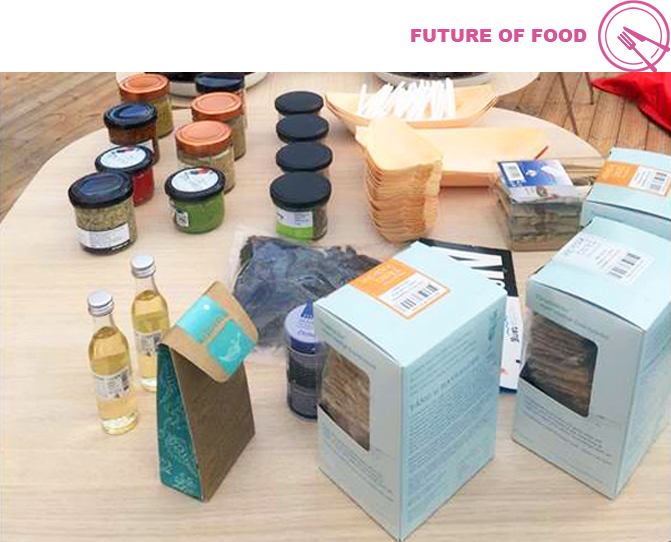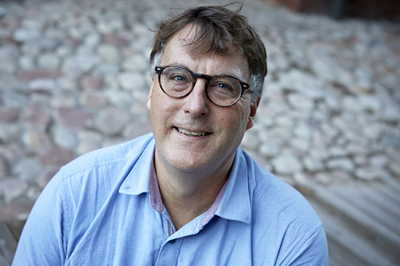
Farming the sea for food, and more
Imagine being able to enjoy a Christmas dinner and, at the same time, make a difference for the environment. Today you can buy caviar and crisp bread made from seaweed, and that's only the beginning for algae-based foods. Seafarm is a project that could help put Sweden in the forefront of seaweed farming worldwide.
Seafarm is a research project involving large-scale cultivation of marine macroalgae, which can be used for biofuels, new materials and food. Seafarm, which started in 2014, is a collaboration between KTH Royal Institute of Technology, University of Gothenburg and Chalmers University. In May, the project marked its first harvest of approximately 75 million tons of algae at an experimental facility on the West Coast of Sweden.
"The beauty of algae is that it is climate-smart," says Seafarm project leader Fredrik Gröndahl, a lecturer in Industrial Ecology at KTH. "You don't have to water it, you don't need to fertilize it, and algae does not take up valuable arable land because it's grown in the ocean. So, compared to plants grown on land, there are major environmental benefits to eating algae."
As far as food goes, algae can be used for everything possible, he says. You can eat certain seaweed fresh (sea lettuce, for example) or cook it and it becomes a complementary side dish, like potatoes or carrots. You can prepare soups and stews with it.
"You can compare them to ordinary vegetables," Gröndahl says. "They are equally beneficial — sometimes even healthier than onshore vegetables. They contain a lot of minerals, vitamins, proteins and fats, beneficial omega 3 fats. They are also rich in micronutrients such as selenium and iron."
Algae can also be used as an ingredient in foods, as a flavor enhancer, glutamate, stabilizer or dye.
If you're not convinced, consider this: "We already eat algae every day. Many of these E-substances found in food are algae of various kinds, for example, E402, E405, E406, E407, E408 and others. So they are part of almost every food product we eat," he says.
Seaweed has been harvested and eaten for a long time in Scotland and Ireland, he says. "People go out into the tide and pick the seaweed. Even in Sweden, algae has been used in medicine."
But Swedish shores have no tides, so harvesting seaweed is a little more challenging. "You have got to dive down a bit," Gröndahl says.
Seaweed is a primary ingredient in Asian food, and in South East Asia it is among the most cultivated of all sea products. Seaweed is grown to a much greater extent than fish and it's a primary ingredient in miso soup, seaweed salad and sushi. Gröndahl says that due to contamination of water in South East Asia and China, there is great interest in European-grown seaweed, including the Seafarm project. Their local seaweed often contains heavy metals, and the radioactive leaks from the nuclear power plant in Fukoshima has forced Japan to look towards Europe for an alternative source of seaweed.

In the beginning of the project, the idea was not to algae cultivation that would be used for direct food consumption. Yet that has become more of a by-product of Seafarm production. The 75-ton harvest this year provides Seafarm with more seaweed than is needed for experiments in new materials, such as plastics made from seaweed, and biofuels.
"It's part of the condition for cultivation, since we cannot throw algae back into the sea. It will all get used," he says.
And that's where food comes in. An additional environmental point is that algae absorbs nitrogen and phosphorus that comes from agriculture and traffic and which makes seas overfed. This means that the cultivation of algae in the Baltic Sea, for example, could provide the positive side effect of reducing that mucilage.
"This way it is also an environmental service. These algae make ecosystems. I see a future in which the state will provide compensation to those who begin to grow algae. In the same way that one gets an acreage contribution to achieving a wetland that creates opportunities for biological diversity," he says.
Håkan Soold